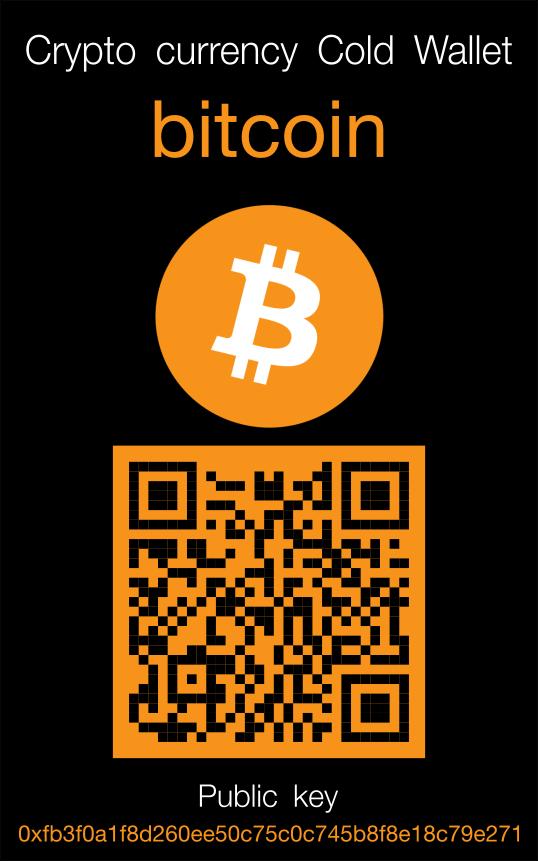
The topic of custodianship of cryptos for 3rd party asset investment or funds is an important topic in the period when cryptos prove to be a little arcane to handle on your own.
Handling your own cryptos and not relying on a trusted 3rd party for this vital role is the essence of the technology. After all it is this is what humanity has been waiting for. The true release of the vital invention of currency to depoliticise de-commercialise and de-corprotise it.
But confidently handling private keys in their raw form is still too difficult for the average user. Hence the current discussions about custodianship.
Crypto fund challenge.
I was the CTO of a cryptofund in the end of 2017 and start of 2018. A rollercoaster time to be in this positions.
The reason I share this is because one of the main challenges for us was to come up with a sound custodianship system for crypto currencies.
To define this better, we were going to offer custodianship as a complimentary service to fund management.
How to do this in an easy way. This is what I came up with:
When a client wants us to store btc for them, we create 2 addresses.
One is the custodian address and the second is a fee address.
Fees were structured as a percentage per year of the amount in custody, plus a fixed yearly fee to create a floor for the amount of crypto in each custodian account.
Custodian address
The custodian address would be a cold paper wallet with 2 paper only copies of the private key.
This address would be generated on a virgin offline computer and cable only connected printer.
The address would be generated on a computer booting off read only media. It would be booted in front of the client. After generating and printing private keys, the computer would be shut down in their presence.
One copy of the private key would be printed and sealed into a tamper proof sleeve and placed into a commercial safe outside the banking system (the company we found provides vaulting services mainly for precious metals and is completely outside the banking system).
The second copy of the private key would be cut in half. One half would be held by the client and the other by us, as the custodians. This would be stored in a separate safe in our offices.
The public key of this address would be shared with the client. We would track it in our system as a watch only address. This gives us immediate tamper detection. We are notified as soon as there is a change in the balance of the address.
If it goes down, we have a security breach and need to investigate.
If it goes up it means that the client is increasing the funds he has in custody (permitted as part of the agreement) and thus will lead to an adjustment in the future fees.
Fee address
The private key of the fee address is held by the custodian. It must be sufficiently funded by the client to cover the next 18 months of fees at the current custodial balance. This address is debited as per the fee payment schedule detailed in the custodian services contract.
If the client must keep the balance of this fee address at, or above the minimum balance. If the client deposits more funds to the custodian address, this fee balance must also be increased.
If the client does not maintain the minimum fee balance in this address, then the custodian has the right to access the custodian address (stored in the vault) and transfer the necessary funds from it to cover the fees. Penalty fees apply to this procedure.
Redemption is either done in person, where they take physical possession of the cold paper wallet. Or we can transfer the funds to an address of the clients choosing for a small fee.
The client must nominate a 2nd party that can access the funds in case of death of other cases where the client cannot retrieve the funds themselves. This can also be a lawyer with power of attorney granted by the client.
No custodian addresses are used more than 1 time.
The vault containing the custodian cold paper wallets is insured against losses.
So this is the outline of what a custodianship service could look like. I left the fund before implementing this system, so there was still an audit of this system to do.
The goal of the design was to make the system truly cold store. It leaves the funds locked and untouchable.
We saw that getting as far away from technological storage solutions was the best path, because key security was best achieved by removing it as far as possible from open digital contact.
The funds held in this system are for all intents and purposes, frozen.
I believe that with advancements in user interfaces and cryptography, and with general public awareness and knowledge on how to do this, the custodian issue will recede in importance, but it is unlikely to vanish completely.
For high net worth individuals, to secure large concentrations of crypto wealth, third party services that can exploit the economies of scale when it comes to security measures, will always be more attractive then dealing with this on their own.
I upvoted your post.
Cheers to you.
@Pinoy
Posted using https://Steeming.com condenser site.
Downvoting a post can decrease pending rewards and make it less visible. Common reasons:
Submit